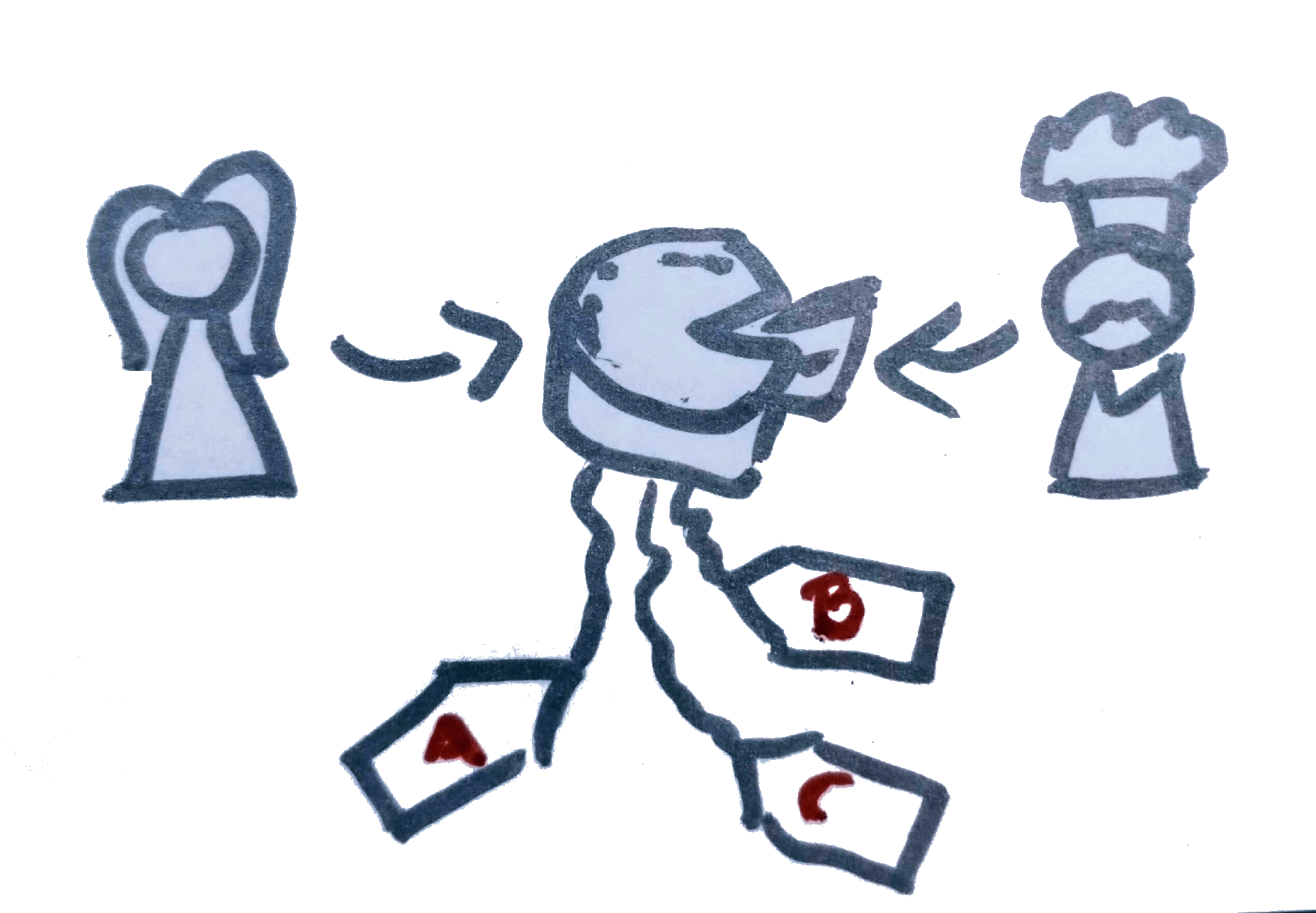
Content modeling means collaboration. Yes, maybe it’s only you, who is going to put everything into place, but it’s incredibly important to include a wide range of stakeholders. Try to bring everyone (at least one per role), who’s work will be influenced by content into one meeting and discuss.
The easiest way is to at first demonstrate benefits of a good content model. How is everyone’s work going to become easier with a good model in place? Don’t skip this and spend enough time on this.
You can ask what are the pain points with the current setup. What could be easier. What could be completely skipped?
Consider everyone’s view
Everyone’s role and responsibilities are different. And sometimes decision makers need to be brought on board as well. They need to sponsor this change. It’s easier to remove unnecessary content requirements, if everyone sees the benefits. You really don’t need to be able to change the background color of individual words. Does it really help your business to achieve his goals? Yes, you still will be able to add emphasis to important content, that’s why we are here! Let’s create a content model which will allow you to do that without worrying about how the emphasis will look like.
So yes, there is a lot of convincing, discussions, thinking going on. Start what you all agree on and work through the rest.
Agree on your core content, agree on the most important relationships and links. Agree on how you want to help your customers. Think of the taxonomies, needed metadata to support those.
Visualize, add details, link, and test
Start drawing, sketching, connecting! Use a whiteboard or some online collaboration tool (e.g.: Miro) which you can alter as you go.
Keep the sessions on topic, 2-4h, give attendees time to think and re-group in a day or two. Start drawing and creating charts, mind-maps as soon as possible to visually confirm the ideas are solid.
Look for unnecessary format embedded in the model, remove it and note it down for later. You can solve this at any time.
Break down bigger pieces into their attributes. Think cake into ingredients, picture, steps… Add the discussed taxonomy groups and metadata categories. Link them with other content types.
Test it. Try creating a topic (page). Try discovering related items. Do you have sufficient taxonomies to do that? Would the proposed taxonomies simplify your tasks? Try remembering the last time you were not able to find something. Would it be different this time around?
Are the designed content types too big? Can you reuse bits and pieces where needed? And don’t worry, you will be going through some refinements so nothing is set in stone. The more you experiment and test now, the less adjustments are necessary later.
💡 How does content modeling look like? In short:
- Get a representative of each role, project sponsors, undecided into a meeting
- Get everyone’s buy in by looking at how a good model would simplify their day-to-day tasks
- Discuss items you agree on, company goals, customer goals
- Agree on core content and list it
- Link content types
- Assign and test if proposed taxonomies and content types would help you to discover content you now struggle to find in your current setup
- Break down bigger content types into smaller ones where needed
Useful resources:
https://alistapart.com/article/content-modelling-a-master-skill/




